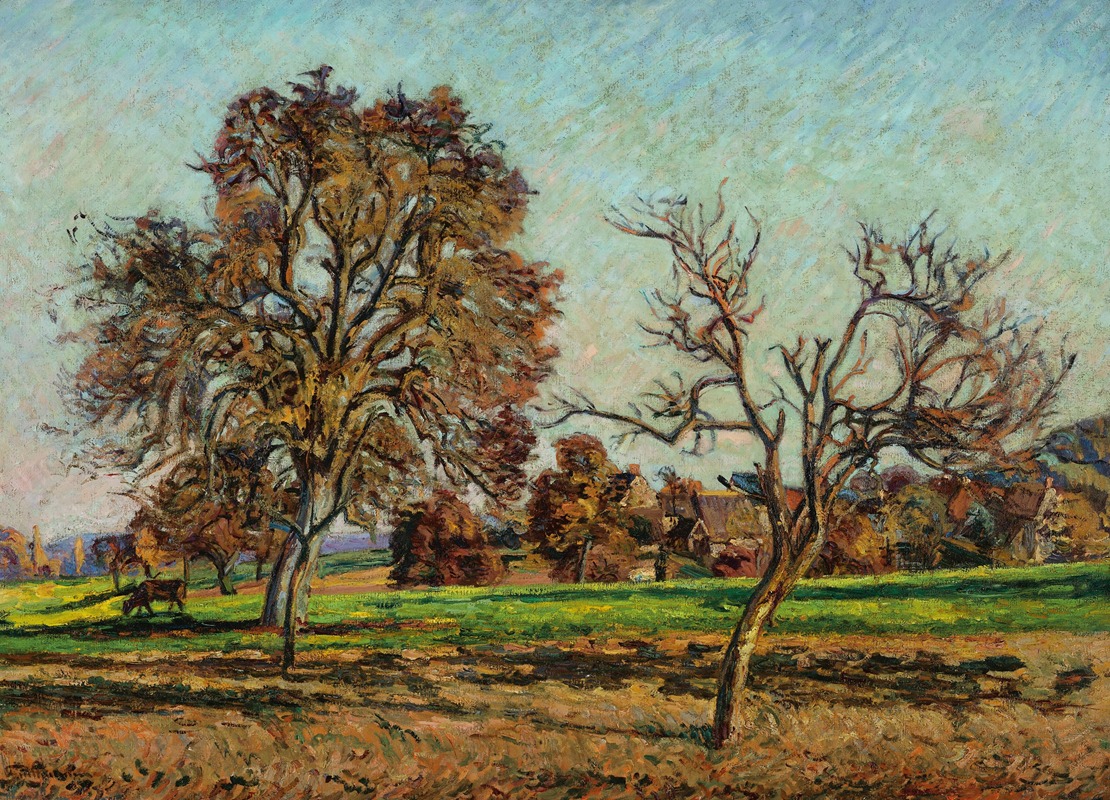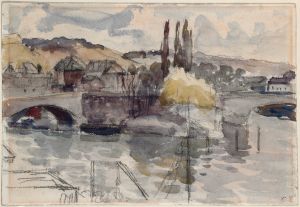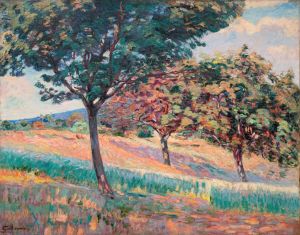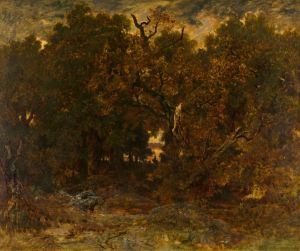
Damiette, Eté de la St. Martin
A hand-painted replica of Armand Guillaumin’s masterpiece Damiette, Eté de la St. Martin, meticulously crafted by professional artists to capture the true essence of the original. Each piece is created with museum-quality canvas and rare mineral pigments, carefully painted by experienced artists with delicate brushstrokes and rich, layered colors to perfectly recreate the texture of the original artwork. Unlike machine-printed reproductions, this hand-painted version brings the painting to life, infused with the artist’s emotions and skill in every stroke. Whether for personal collection or home decoration, it instantly elevates the artistic atmosphere of any space.
Armand Guillaumin was a notable French impressionist painter, recognized for his vibrant use of color and his landscapes that captured the essence of the French countryside. Born on February 16, 1841, in Paris, Guillaumin was a contemporary of other renowned impressionists such as Claude Monet, Camille Pissarro, and Pierre-Auguste Renoir. He was part of the group of artists who participated in the first Impressionist exhibition in 1874, which marked a significant departure from the traditional art styles of the time.
One of Guillaumin's works, "Damiette, Eté de la St. Martin," exemplifies his mastery in capturing the transient effects of light and atmosphere, a hallmark of the Impressionist movement. The title of the painting suggests a scene set in Damiette, a location that might have held personal significance or simply appealed to Guillaumin's artistic sensibilities. "Eté de la St. Martin" refers to the period known as St. Martin's summer, a brief warm spell in autumn, which is akin to the Indian summer in North America. This period is characterized by its soft, warm light, which would have provided an ideal setting for Guillaumin's exploration of color and light.
Guillaumin's technique often involved bold brushstrokes and a vivid palette, which he used to convey the natural beauty and changing conditions of the landscape. His works are noted for their dynamic compositions and the way they capture the fleeting moments of nature. In "Damiette, Eté de la St. Martin," these elements would likely be present, with the painting capturing the unique light and atmosphere of the St. Martin's summer.
Throughout his career, Guillaumin remained committed to the principles of Impressionism, even as other artists began to explore new styles and movements. His dedication to capturing the natural world in its most vibrant and ephemeral states is evident in his body of work, which includes numerous landscapes, cityscapes, and scenes of rural life. Guillaumin's paintings are celebrated for their emotive use of color and their ability to convey the artist's personal connection to the scenes he depicted.
While Guillaumin may not have achieved the same level of fame as some of his contemporaries during his lifetime, his contributions to the Impressionist movement have been increasingly recognized and appreciated in the years following his death on June 26, 1927. His works, including "Damiette, Eté de la St. Martin," continue to be studied and admired for their innovative approach to capturing the beauty of the natural world.
Today, Guillaumin's paintings can be found in various museums and private collections around the world, where they continue to inspire and captivate audiences with their vibrant depictions of the French landscape. His legacy as a pioneering Impressionist artist endures, and his works remain a testament to his skill and vision as a painter.


















